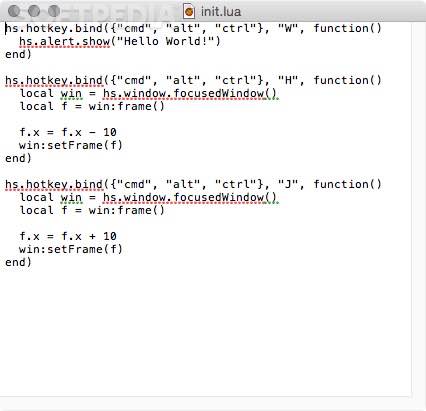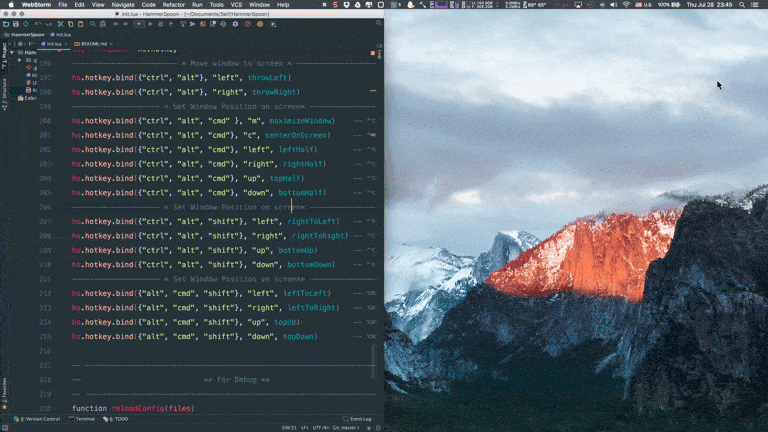

Note: Zoom provides a global mute and unmute hotkey out of the box! If all you care about is a global mute and unmute hotkey, I suggest using that!īecause I assume that most people don’t have a blink(1) USB LED already, I’m going to show you how to do the next best thing which is to simulate this LED in your menu bar. However, this isn’t really any more useful than what you can already do with Zoom, so in this section I’ll be showing you how to set up a mute indicator in your menu bar. Once you get the spoon.Zoom:inMeeting() command working, two others for you to try are spoon.Zoom:mute() and spoon.Zoom:unmute() try out both while you have a live Zoom meeting running and see what happens! Configure Hammerspoon to use the Zoom SpoonĪt this point, you should be able to run the spoon.Zoom:mute() and spoon.Zoom:unmute() commands to mute and unmute a Zoom meeting. Unlock the preference pane to make changes, then select the checkbox next to “Hammerspoon” to allow Hammerspoon to inspect the state of Zoom. Security & Privacy > Privacy > Accessibility, To do this, open System Preferences, and go to If this doesn’t work, it probably means that you need to give Hammerspoon permission to control your computer. If the command returned false like in the image above, then quit and reopen Zoom, start a meeting, and re-run the command. If Zoom is already open, and in a meeting, this command should return true otherwise, it’ll return false
#Hammerspoon install#
If you use Homebrew, you should be able to install Hammerspoon via brew: I recommend these posts if you want to learn more about Hammerspoon after you read this blog post. I learned how to use Hammerspoon via the excellent blogs posts “ Give your computer superpowers with a Hypekey and Hammerspoon” and “ Hammerspoon: A Better, Better Hyper Key”.

You can use Hammerspoon to configure hotkeys, act as a window manager, set timers, track your time, automate tasks, create desktop widget and more. The malleable nature of Hammerspoon gives it a lot of power, but it also makes it hard to describe. Hammerspoon does this by exposing a large variety of macOS functionality via a clean Lua interface. I think of it as a programmer’s multi-tool for modifying the behavior and extending the capabilities of macOS. If you aren’t familiar with Hammerspoon, it can be a bit hard to describe. Be ready to use of your terminal and favorite text editor to get Hammerspoon configured.
#Hammerspoon software#
Note: Unlike most software for macOS, Hammerspoon requires a bit of effort to get working. The color of the light will show your mute status, red will indicate that you’re muted, and green if you are not muted.īecause Zoom doesn’t provide a native interface for determining mute status, I will instead use a tool called Hammerspoon to accomplish this.

switcher = hs.(hs. this post, I’m going to show you how to set up a light that will turn on when you’re in a Zoom call. For some reason, the (capital?) tab character is string.char(25) when shift was being pressed.

If shift+command+tab was pressed, we go to the previous window. Returning true means that the key press is not forwarded on to other applications (but it is if we return false or nil). If tab was pressed while only the cmd modifier was on, then we call switcher:next() to go to switch to the next window. mapCmdTab is a callback function for every time a key is pressed.
#Hammerspoon windows#
We set up a window switcher that switches between windows within the current space. In order to use cmd+tab and shift+command+tab to switch windows, you need to use eventtap so that you can override the default app switcher hotkey.


 0 kommentar(er)
0 kommentar(er)
